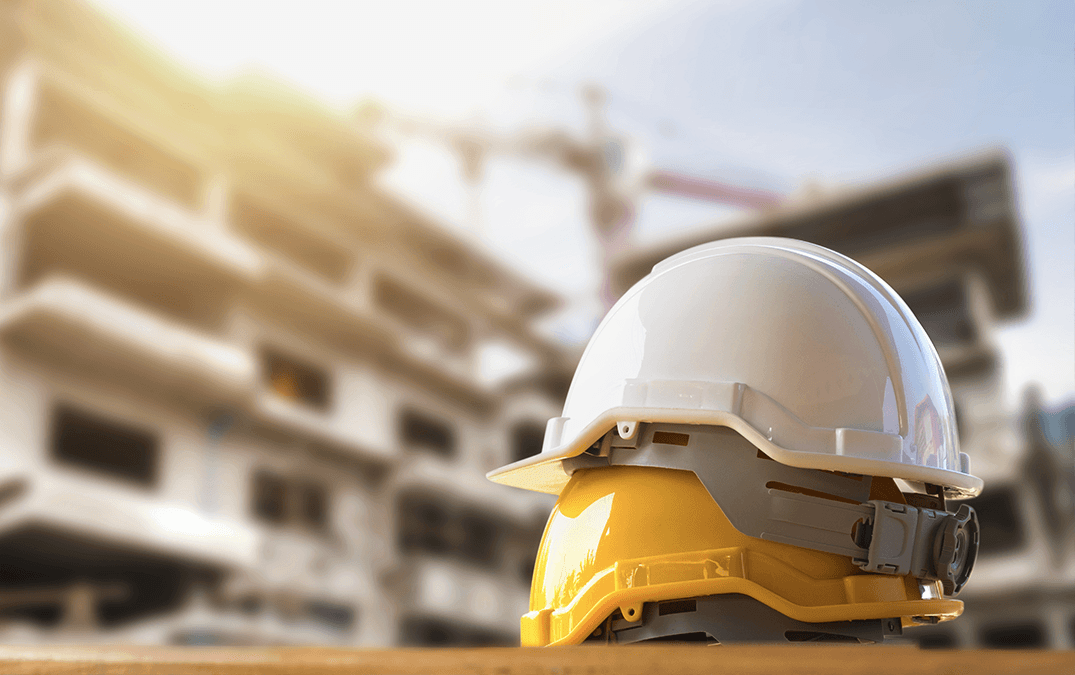Construction managers are called to uphold a standard of care when managing construction projects. Managers are responsible for creating a safe environment that supports workers at the construction site, reduces the risk of incidents, and protects their company from liability.
The construction standard of care must be taken seriously to ensure the reasonable completion of construction works without creating harm to people, property, equipment, the environment, or the community where the work takes place.
It’s also important to consistently review construction site best practices so that you continue to make good decisions that affect the construction site. It’s easy to overlook your responsibilities or take them for granted as part of the normal course of managing a construction site. But, continuing to focus on your duties will help you make the next best decision to support the site.
Key Elements of the Construction Standard of Care
As you know, a construction site is inherently risky. Every time a person sets foot on a construction site, they risk an injury or harm. However, injuries and harm can be avoided. The onus is on a construction manager to be able to recognize “substantial and unjustifiable risk” that could be present at the construction site.
Being able to uphold this standard of care requires proper certification, training, knowledge, and experience to be able to recognize anything that deviates from acceptable actions or behavior at the construction site. It’s not enough to simply recognize a problem area, though. Construction managers can show strong leadership by acting upon what they observe in order to compel a change in action or behavior.
In addition to supporting their people, construction managers also need to be able to assess potential risks to equipment, tools, and the overall construction site. When you put it all together, managers have duties to support their people, assets, and company in the following ways:
- Provide personnel with proper training to safely perform their duties.
- Ensure that equipment is well-maintained and ready for use.
- Verify that tools are in good working condition for personnel to utilize.
- Support effective communication between workers to create a safe work environment.
- Encourage workers to report hazards or other concerning working conditions.
- Perform regular walkthroughs of the construction site to self-identify concerns.
- Identify concerning practices that could negatively impact the environment and area surrounding the construction site.
Essentially, construction managers must take every reasonable precaution to ensure a safe work environment that is free from hazards. Managers can achieve this objective by maintaining control over the worksite and work crews, acting reasonably toward individuals at the construction site, and taking an active role in the prevention of an incident.
How the Construction Standard of Care Plays Out at the Job Site
Managers can take an active role in supporting safety at the construction site by using a
behavioral approach when performing assessments. Managers should look for things that workers are doing correctly and incorrectly.
For example, is a worker using a piece of equipment incorrectly that could lead to an injury to a fellow worker or damage to the equipment? Once this error has been identified, managers should provide training or coaching to help workers close gaps in the areas where they are acting or behaving incorrectly.
Another set of actions that managers can take is minimizing the risk of known hazards that have historically caused injuries at construction sites. OSHA calls these the “Focus Four Hazards” that include:
- Falls
- Caught-in-Betweens
- Struck-by
- Electrocution
Managers can uphold the standard of care at the construction site by taking immediate action to correct these violations. If these hazards persist and become an all-too-common occurrence, then managers should provide crews with regular training and education on these hazards.
This training can be included in your daily safety action plans for the work crews. Plus, if you are not already, you should make resources available to work crews to allow them to read about standard safety issues that affect the job site.
Then, if workers have questions about safety materials or how certain safety techniques can be utilized during their portion of the work, be prepared to answer questions or provide additional training. We encourage you to value all questions, not dismiss concerns from workers, and create a healthy safety culture where dialogue is welcomed.
You Can Achieve Both Productivity and Safety
One of the reasons why construction managers have historically fallen short in their ability to uphold the construction standard of care is because of performance and productivity pressure.
Managers can feel pressured to cut corners or skip safety measures in order to save costs and keep up with deadlines. Oftentimes, managers have been improperly incentivized via performance bonuses to sacrifice safety in order to save the company money or finish the project early.
However, managers can achieve both safety and productivity measures by taking the appropriate approach to the job. In fact, research published by Raymond Elliot Levitt and Nancy Morse Samelson published in their book, Construction Safety Management, indicates that superior construction site management is a combination of treating “productivity and safety as two integrated (related) parts of high job performance.” In other words, these aren’t separate concepts. When safety and productivity go hand-in-hand, everyone wins.
The solution is to perform the following activities with regularity:
- Train everyone in behavior-based safety processes.
- Train all new workers on job-specific safety requirements.
- Provide safety training and orientation for all workers.
- Establish a safety accountability measurement system.
- Establish a system to continuously measure and correct safety hazards.
- Develop daily safety plans for all construction activities with crew instructions.
- Correct all known and recognized hazards immediately and document corrective action.
- Work on hazard recognition to be able to address known hazards.
- Document all safety observations and corrective actions.
- Document all daily excavation safety observations.
- Document all daily scaffolding safety observations and the decisions implemented.
- Establish a safety observation system for detecting hazards for everyone on the job site.
Once these systems, processes, and activities are in place, you will be best positioned to satisfy the standard of care at the construction site to ensure the safest possible work environment. You will also protect your company from liability issues and minimize risk.
Sign Up For More Construction Management Resources
We encourage you to learn more about critical construction management topics to grow your expertise and understanding. We release a monthly email newsletter that includes valuable resources, educational information, and tips for construction management.
Sign up for our email newsletter by dropping your name and email address in the sign-up box below. You will begin to receive regular communication from AIC to support your role as a construction manager. Thank you in advance for subscribing!




